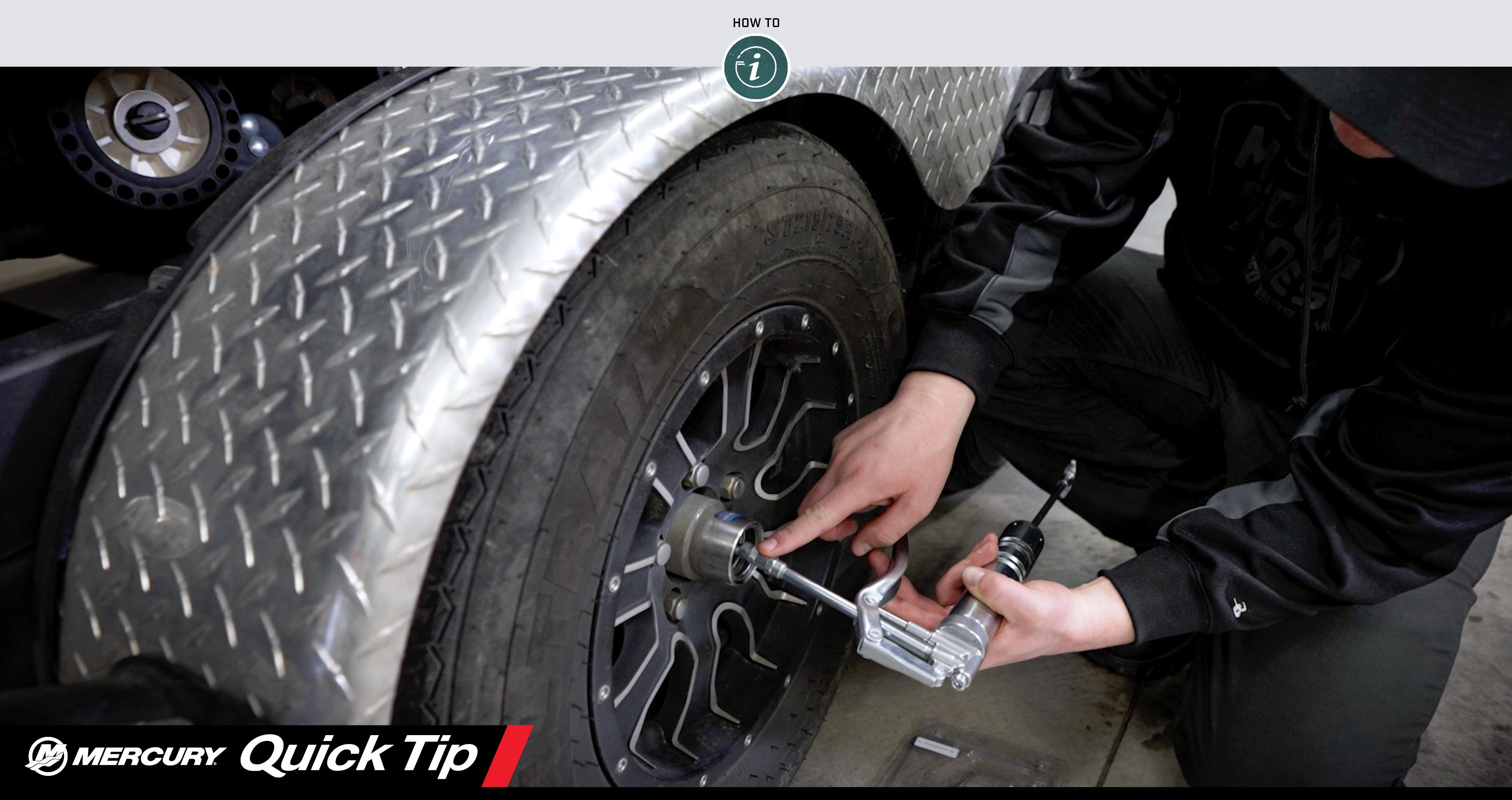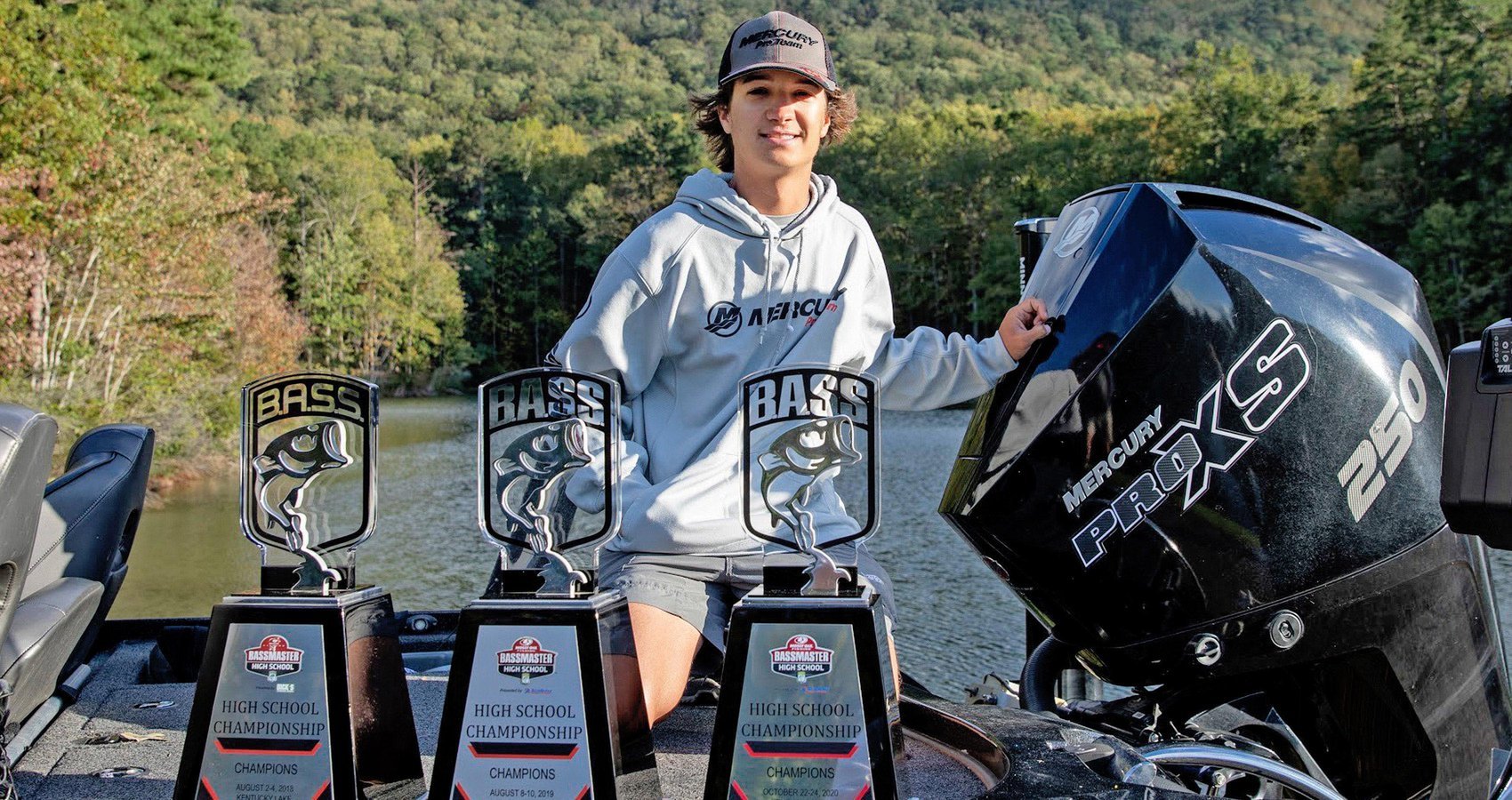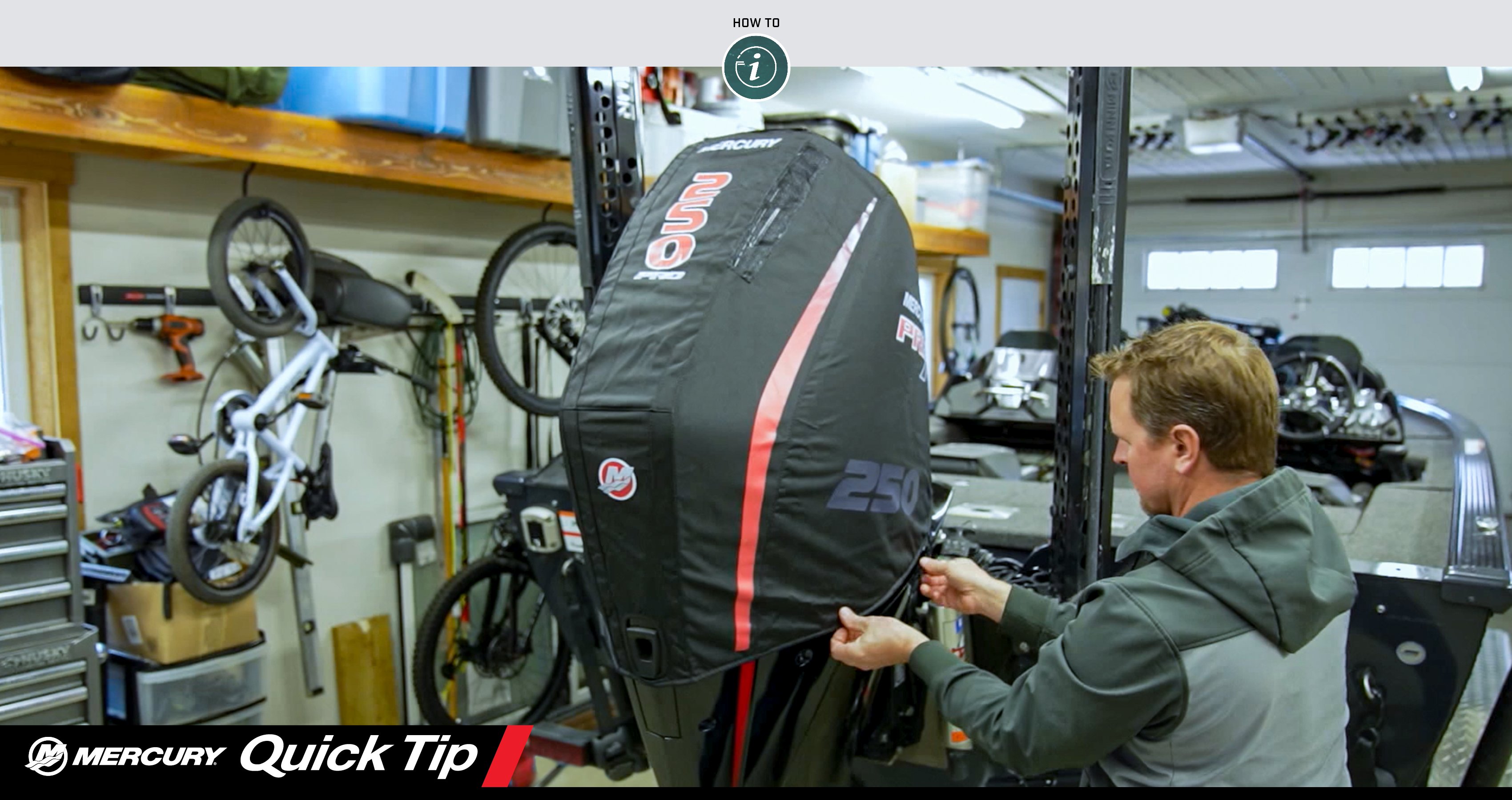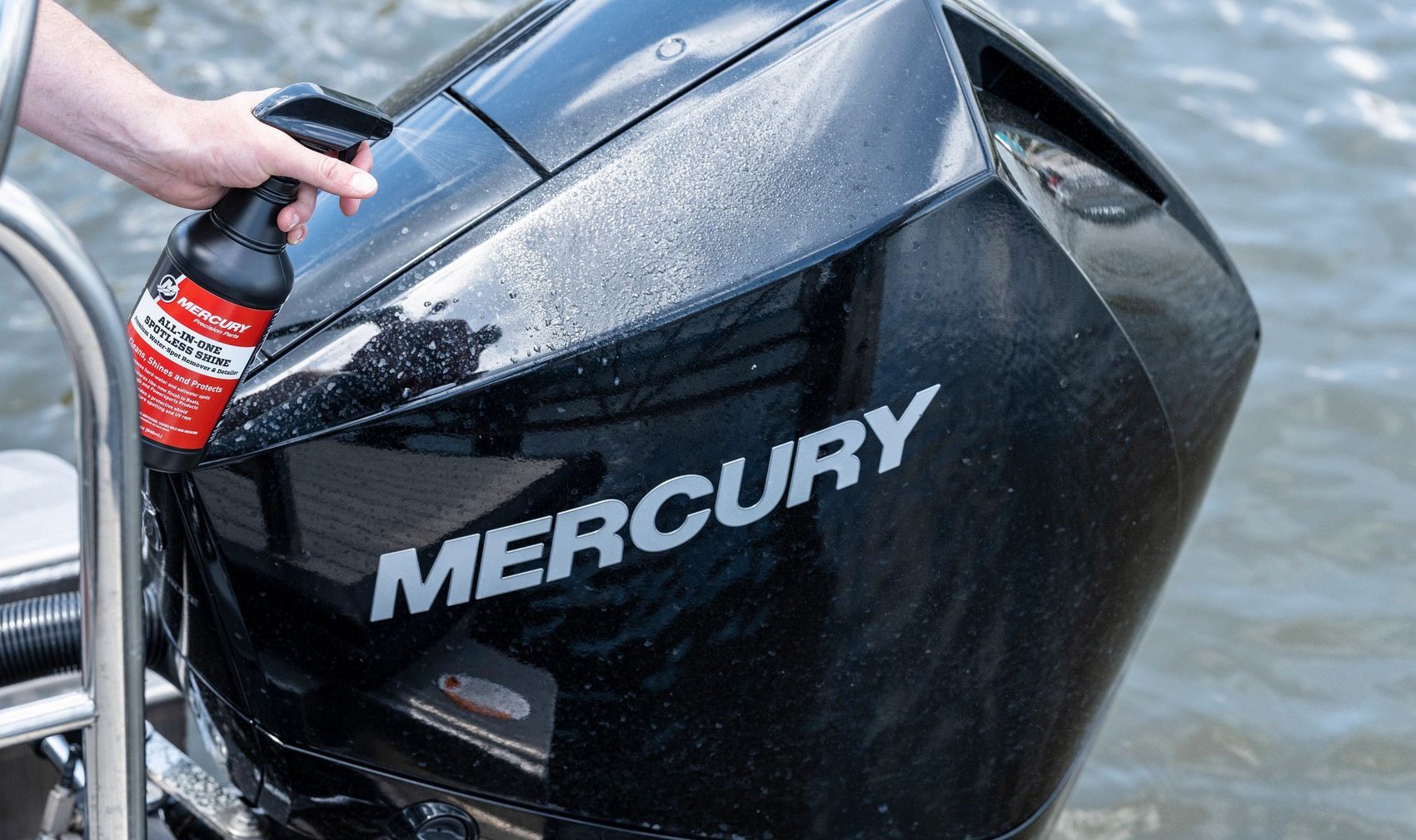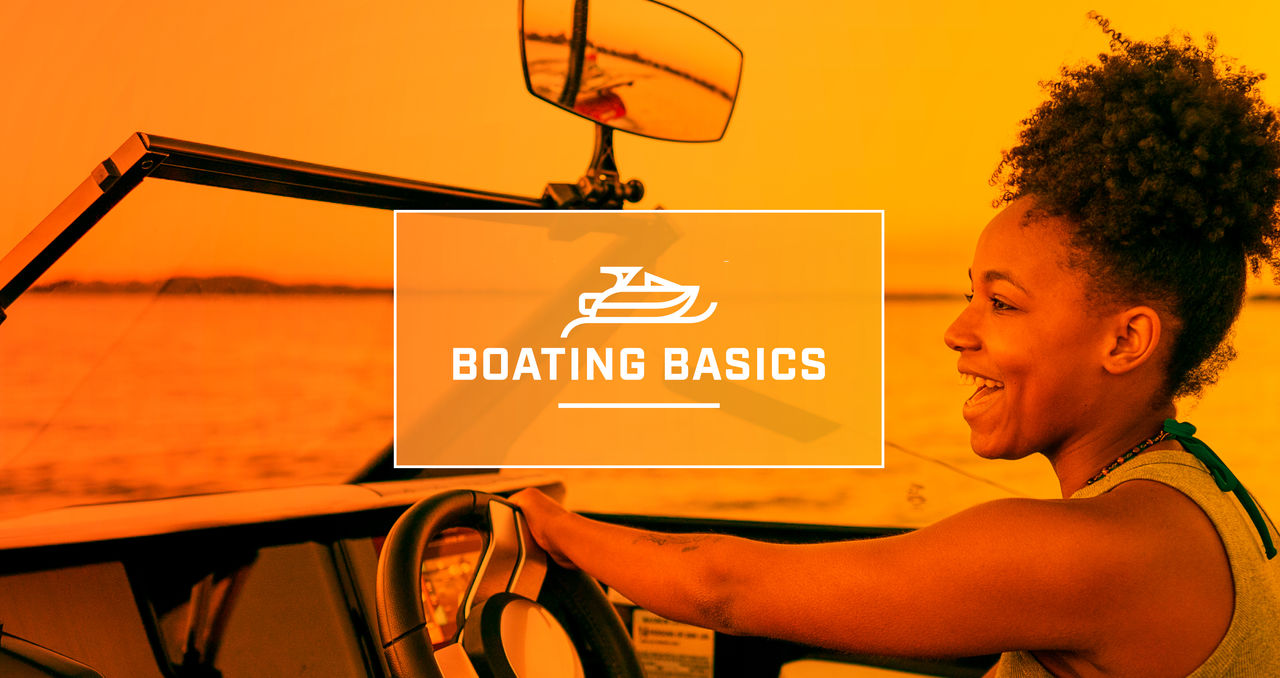The Tow Sports Boating Basics video series was created to get you ready to ride. With expert advice from Mercury-powered pro wakeboarders Carro Djupsjö and Dylan Miller, each video in the series will help you grow confidence on your journey in wakesurfing or wakeboarding.
In all watersports, the driver, spotter and rider must work together with a seamless blend of teamwork and timing. This is particularly true with wakesurfing.
While the rider addresses foot placement on the surfboard, gaining control of the board and finding a wave’s sweet spot, the driver is responsible for ballasting the boat correctly and maintaining appropriate and consistent speed. If a wave is too small or the boat is moving too fast, the rider will struggle.
As always, practice makes perfect. With these seven tips from professional wakeboarders Dylan Miller and Carro Djupsjö, you’ll learn the basics of how to drive the boat for a safe, enjoyable wakesurfing experience.
1. Fill Your Ballast System
Before you get started, you need to fill your boat’s ballast system based on which side of the boat the surfer has chosen to ride. Ballast is extra weight that you add to the boat so it will displace more water and create a larger wave for surfing.
If your tow boat doesn’t have a built-in ballast system, don’t worry. You can use cost-effective aftermarket ballast to accomplish the same goal. Although some new boats won’t need these, you also can use external wake shapers. They help by creating a larger clean area of wake to surf.
Follow the instructions for your boat, ballast system or wake shaper to get set up properly.
2. Review Your Pre-Tow Checklist
Next, it’s time to review your pre-tow checklist:
- Attach your engine’s emergency cut-off switch (ECOS) to you.
- Make sure your rider is wearing a U.S. Coast Guard-approved life jacket that is appropriate for watersports.
- Adjust the boat’s wheel, seat and rearview mirror so they are correctly and comfortably positioned for you.
- Choose a reliable spotter and review all the basic hand signals for speed up, slow down, stop, turn around and OK. You can see and learn the hand signals in the video below.
3. Prepare for Launch
Once your rider is in the water at a safe distance from the boat (roughly 10 feet behind you) with the tow rope in hand, you’re ready to start the engine and enable the Mercury Smart Tow® system, if your boat has it. If you’re new to driving a tow boat for wakesurfing, this innovative system will provide a valuable helping hand by allowing you to choose from preset launch profiles and lock in towing speeds.
“Smart Tow can set and maintain cruise speeds as low as 8 mph, helping you to consistently create perfect conditions for wakesurfing,” Djupsjö added.
Typically, wakesurfing requires boat speeds of 9 to 12 mph. If you don’t have Smart Tow on board, however, you can do this the old-school way by keeping a close eye on your speed throughout the ride to make sure it’s consistent.
4. Remove Slack, Then Accelerate
Now that the engine is running, you can put the boat in gear. Some boats idle faster than others, so you might need to shift in and out of gear as you move forward, gradually removing slack from the tow rope.
Since it can be tricky for the rider to coordinate foot placement while the rope is getting tight, play close attention to your spotter and rider during this part of the launch process. Once the tow rope is tight and the rider signals “OK,” you can put the boat in gear and begin accelerating.
“Hesitating at this point will make it much more difficult for the rider, especially if they’re a beginner,” Miller added.
5. Help Your Rider Exit the Wash
Sometimes, a rider will get stuck in the wash, which is the rough water behind the boat. If your spotter indicates that your rider is having trouble getting out to their preferred side, you can assist by slighting turning the boat.
If your rider is trying to go to starboard, turn the wheel to starboard, or right. If they’re trying to go to port, turn the wheel to port, or left.
“Turning like this will help pull them away from the whitewash directly behind the boat, assisting them with getting outside the wake,” Djupsjö explained.
6. Manage a Rider Fall
When your rider falls, gradually pull back on the throttle and return to idle. While wakesurfing, you should turn your steering wheel to the side opposite of the surfing side.
In almost all cases, the side of the boat with the surfing wave will have more ballast. That means the boat will naturally want to turn the opposite direction. So, if your rider is to starboard, turn your wheel to port. If your rider is to port, turn your wheel to starboard.
“I like to leave the throttle at idle speed until the boat has turned a full 180 degrees,” Djupsjö said. “It’s also a good idea to wait until the waves pass before you start to make your way back to the rider.”
7. Approach Your Rider Safely
Once the boat has turned and the waves have passed, move toward your rider at a speed of 5 mph or less, which results in fewer waves and better water conditions.
With an external wake shaper, a tow boat will want to turn toward the side where the shaper is installed. If you’re using one, bear this in mind as you approach your rider in the water.
Keep the rider to starboard so you can easily see them from the driver’s seat and don’t get any closer than approximately 10 feet.
When you’re about 10 feet away, shift out of gear and wait for the boat to stop. Then your rider can swim to the back of the boat to grab the tow rope, and you’re ready for the next ride.
Driving a tow boat for wakesurfing takes time and practice. Remember that challenges are opportunities to learn and grow. And once you master it, you’ll hold the keys to great and exciting days of wakesurfing with your friend
